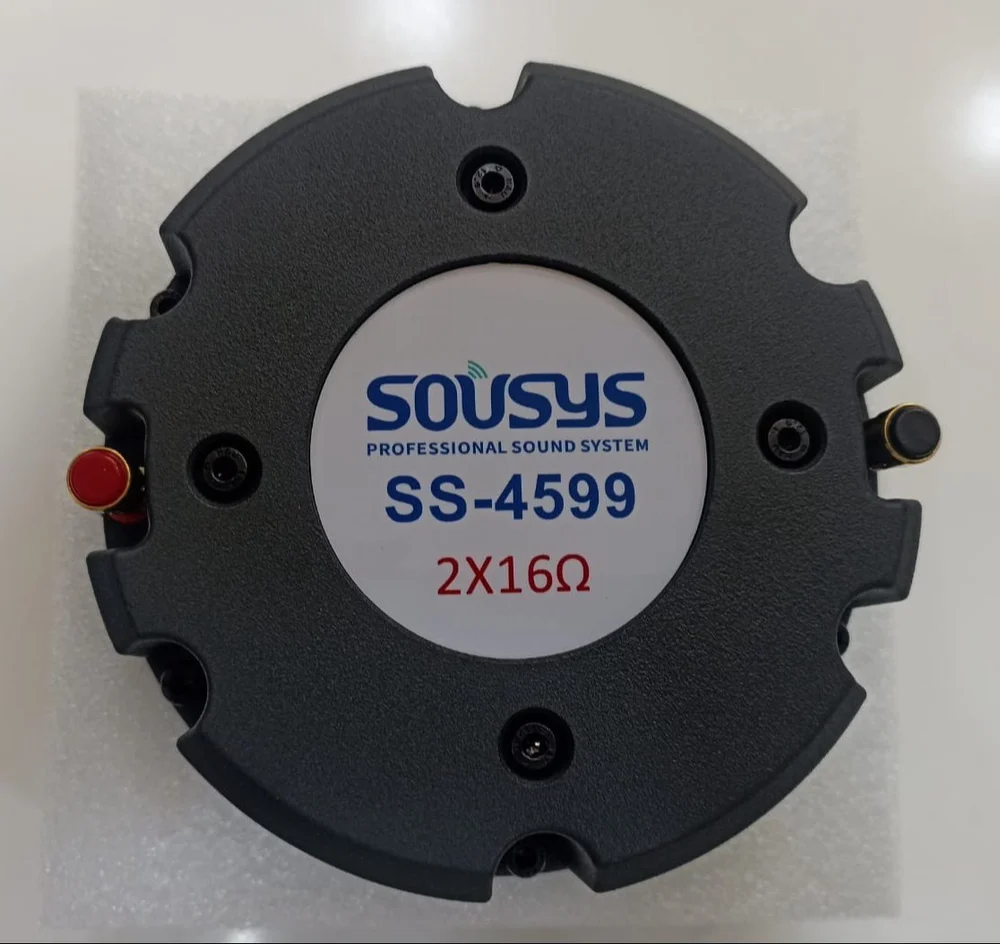In the dynamic world of audio engineering, staying ahead of the curve often involves upgrading your sound system to enhance clarity, power, and overall performance. One key component that can make a significant difference is the integration of compression drivers. Compression drivers are specialized transducers that convert electrical signals into sound waves, and their incorporation into your setup can elevate your audio experience to new heights. In this blog, we’ll explore the benefits of compression drivers and provide tips on how to seamlessly integrate them into your sound system.
Understanding Compression Drivers:
Compression drivers play a crucial role in high-frequency reproduction, especially in professional audio applications. Unlike traditional dynamic drivers found in many speakers, compression drivers use a diaphragm attached to a voice coil, coupled with a phase plug or horn. This design allows for greater efficiency, precision, and control in reproducing high-frequency sounds.
Benefits of Compression Drivers:
- Increased Efficiency:
Compression drivers are known for their high efficiency in converting electrical power into sound output. This efficiency results in improved overall system performance, allowing you to achieve higher SPL (Sound Pressure Level) with less power.
- Extended Frequency Response:
By focusing on high frequencies, compression drivers contribute to a broader and more detailed frequency response. This ensures that delicate nuances in music, vocals, and other audio content are faithfully reproduced.
- Improved Directionality:
Compression drivers are often paired with horns, providing better directivity and control over the dispersion of sound. This is particularly advantageous in live sound applications and large venues, where precise sound coverage is essential.
- Reduced Distortion:
The design of compression drivers inherently minimizes distortion, resulting in cleaner and more accurate sound reproduction. This is especially important when dealing with intricate audio elements such as harmonics and transients.
Tips for Integrating Compression Drivers:
- Matching Components:
Ensure that the compression driver you choose is compatible with your existing audio system. Matching impedance, power handling, and frequency response are critical factors to consider.
- Selecting the Right Horn:
The choice of horn significantly influences the dispersion pattern and overall sound quality. Experiment with different horn designs to find the one that complements your specific application and environment.
- Crossover Configuration:
Properly set up your crossover to seamlessly blend the output of the compression driver with the rest of your speaker system. This ensures a smooth transition between frequency ranges and prevents any audible gaps.
- Optimizing Placement:
Experiment with the placement of your compression drivers and horns to achieve the best coverage. This may involve adjusting the angle, height, or position to ensure even distribution of sound throughout the listening area.
- Invest in Quality Components:
High-quality compression drivers and associated components may come at a premium, but the investment is often justified by the improved sound quality and longevity. Choose reputable brands and models known for their reliability and performance.
- Regular Maintenance:
Keep your compression drivers and horns well-maintained to ensure optimal performance over time. Regular cleaning and inspection can prevent issues and extend the lifespan of your audio equipment.
Upgrading your sound system with compression drivers is a strategic move to enhance the overall audio quality of your setup. By understanding the benefits and following these tips for integration, you can achieve a more powerful, detailed, and immersive listening experience. Whether you’re a professional audio engineer or an avid audiophile, the addition of compression drivers can be a game-changer in your quest for sonic excellence.











